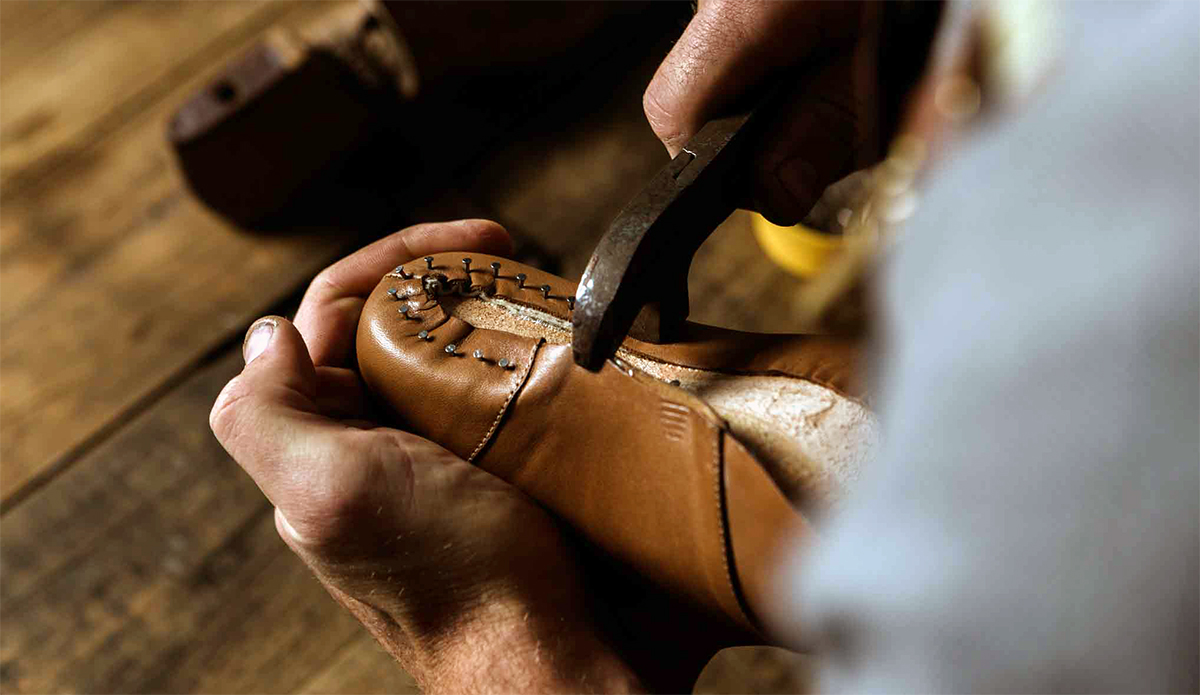What is the state of health of artisan enterprises in Italy. Infocamere report

What the Infocamere study says about the evolution of artisan businesses in Italy over the last ten years
In particular, sole proprietorships, which represent more than 80% of the sector, record higher losses (-12.1%). At a regional level, Abruzzo (-21%), Sardinia (-18%), Basilicata and Sicily (which both register – 17%) are worse.
This is what emerges from a Unioncamere and InfoCamere study on the evolution of individual artisan businesses over the last 10 years, based on Movimprese, the statistical analysis of the Companies' Register of the Chambers of Commerce.
Covid has weighed further on this situation. In 2020, 70% of artisan businesses suffered a reduction in turnover compared to 63% of other companies.
And the artisans are also very cautious about the future. Only 54% expect to recover production levels within the next year, a share that even drops to 46% for those artisanal businesses struggling with problems of generational handover.
This was revealed by a survey by the Tagliacarne Study Center according to which investments in digitalization and green, however, significantly increase the prospects for recovery by closing the gap with other companies: 63% of the artisans who invested in digital and 58% who focused on sustainability, they are counting on recovering by 2022.
However, the quality of the products remains an essential factor of competition for craftsmanship: 43% of artisan enterprises focus exclusively on this lever to beat the competition, against 39% of the rest of the other enterprises.
THE INDIVIDUAL ENTERPRISE
Even in the digital age , the profile of the artisan enterprise remains strongly anchored to the individual dimension. At the end of March this year, 77.7% of all artisan businesses operated in the simplest and least structured form, a percentage entirely in line with that recorded ten years earlier (78.1%).
From a territorial point of view, this connotation particularly characterizes the regions of the Center-South, with Lazio in the lead (83.4%) followed by Campania and Puglia (83.3%) with Sicily and Sardinia closing the top five. positions (respectively at 83 and 82.9%). On the opposite side, the regions in which the percentage of individual artisan enterprises is more contained are concentrated in the Center-Northeast: starting with the Marche (70.9%) to continue with Veneto (71.9%), Trentino-Alto Adige ( 72.1%), Umbria (72.4%) and, finally, Emilia-Romagna (74.6%). Among the sectors, the most populated by this legal form is that of Other service activities, in which the share of sole proprietorships reaches 87.3%. Following are Transport and Warehousing (82.6%) and Construction (83.1%).
GENERATIONAL RELAY AT RISK
Analyzing the progressive age shift of artisan business owners it emerges that if in 2011 for every entrepreneur over 70 there were at least two business owners under 30 ready to replace him, in 2021 this "turnover" between generations fell to less than one, with the exception of the North West where the situation appears more balanced.
The reduction in owners under 30 affects men (-46% in the period) more closely than women (-24%), while aging affects women more than men (+ 72% over 70 artisans against +45 %).
ARTISAN WOMEN GROW
As for gender, that of the craftsman still remains a profession with a strong male prevalence. But something is changing, the "gender ratio", that is how many men for every 100 women, has improved over time from 535 in 2011 to 447 in 2021, but less in the South (453).
This is a machine translation from Italian language of a post published on Start Magazine at the URL https://www.startmag.it/economia/artigiani-italia-giovani-studio-unioncamere/ on Fri, 25 Jun 2021 14:31:02 +0000.
